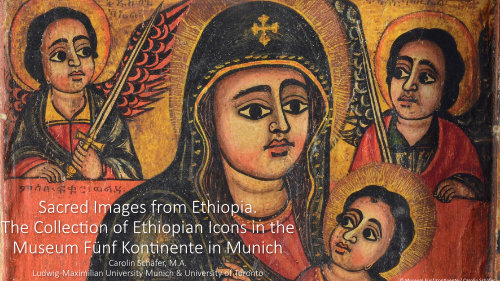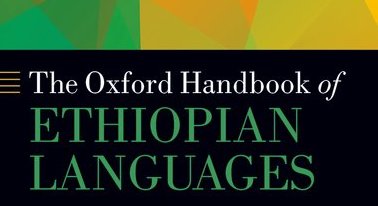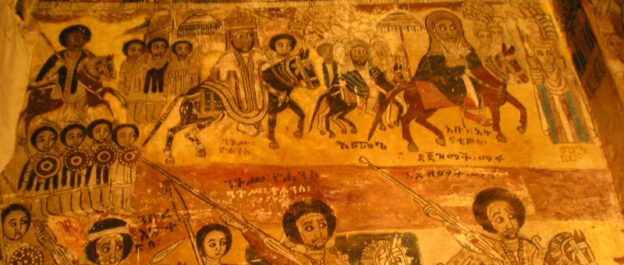Dereje Feyissa Dori
13. June 2024,18:00 CET
The Abiy administration represents a rupture in Ethiopian politics in many ways. This rupture is visible at least in three domains of political life: ideological shifts, ethnic power reconfiguration, and rebalance between ethnicity and the politics of national unity. In this talk I discuss Ideological shifts with an emphasis on Abiy’s religious conception of politics, evident in his messianic self-understanding, and the spiritually-animated political agency connected to that, as well as his obsession with vanity projects, and a legacy-driven big push in his port politics. Turning EPRDF’s assertive secularism upside down, Abiy’s socioeconomic transformational scheme gives the impression that „it is faith, Stupid!“. Much of „the boldness“ or „the delusion“ with which he exercised power in Ethiopia and in the wider region has roots in his religious ideological formation that draws on the tenets of the Prosperity Gospel. An aspect of this is how his political decision making is heavily informed by positive thinking and religious analogical reasoning. As strategic as he is with a background in the security sector, Abiy is also a religious practitioner. Taking the religious Abiy seriously thus provides unique insights to understand his often-unfathomable politics. As the Thomas theorem has it, not objective conditions of situations, but their (culturally grounded) definitions by the actors determines people’s actions. In the case of Abiy one could formulate this as: if he believes something to be the case, then he acts accordingly. The political reality in Ethiopia is thus shaped, to some degree, by the spiritual conceptions of its current leader.
Registration by email.
Dereje Feyissa Dori holds a doctorate in social anthropology from Martin-Luther University/Max Planck Institute for Social Anthropology in Halle, Germany. He is the MIDEQ Co-Investigator for the Ethiopia – South Africa migration corridor and Adjunct Professor at Addis Ababa University. He can be contacted by email.





